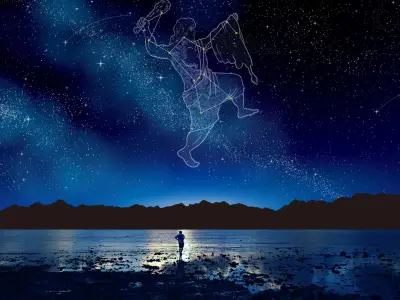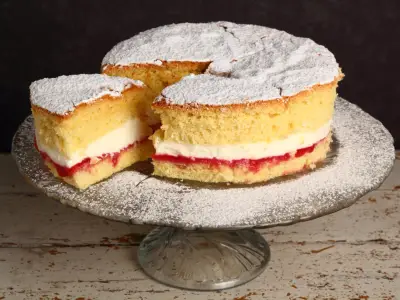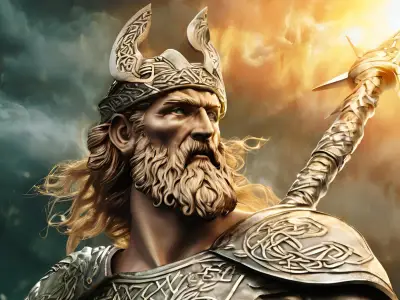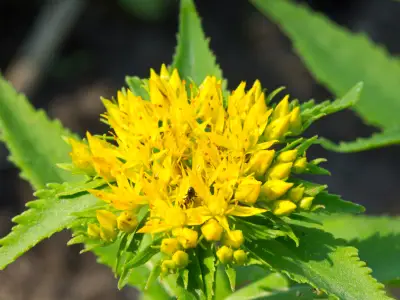Ireland is an old country—much older than many realise, and the stories that originated from the small but mighty island are nearly as old as the country itself. Passed down orally by the Irish people, the tales of premodern Ireland played an important role in shaping the country. There are countless legends and myths originating from Ireland, many of which have left an indelible legacy on storytelling and European history. It is this body of work that constitutes the basis of Irish mythology.
In this blog, we will provide a short history of Irish mythology and touch on some of the most famous Irish myths and legends.
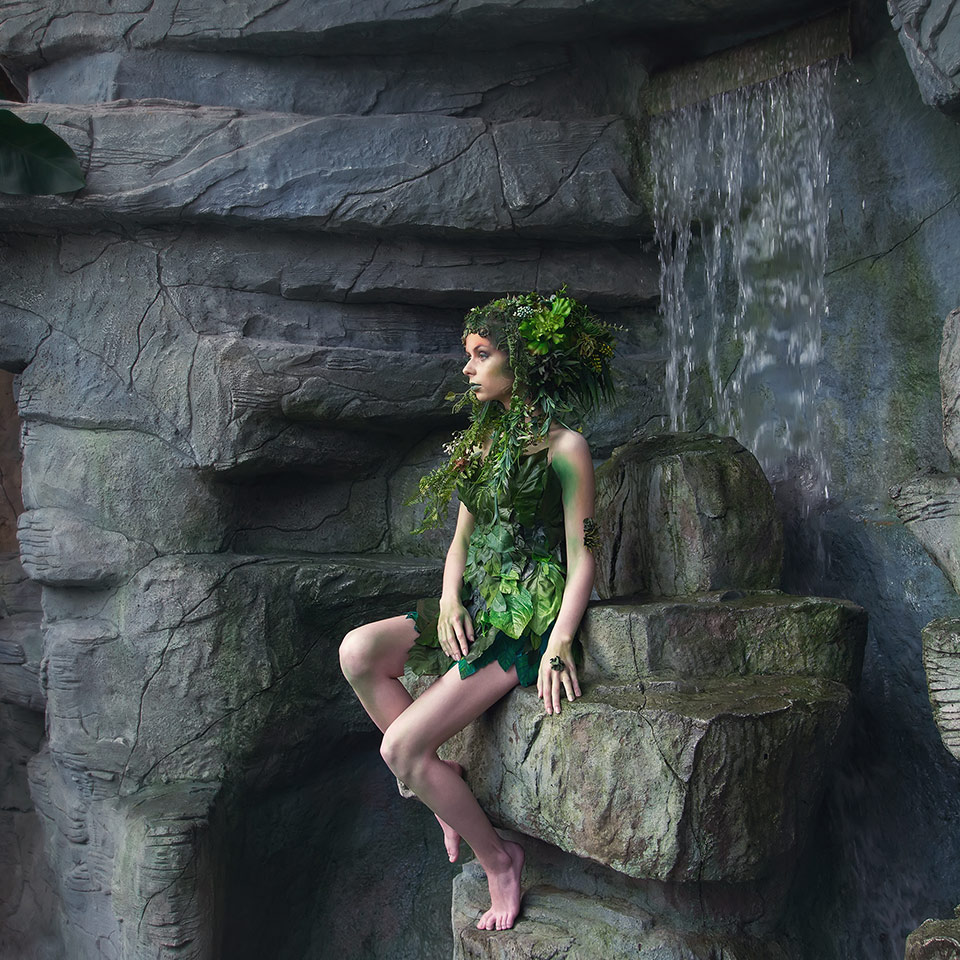
Jump to:
- The History of Irish Mythology
- What Is the Difference Between Irish and Celtic Mythology?
- Fionn Mac Cumhaill and the Giant’s Causeway
- The Banshees: The Wailing Spirits
- Queen Maeve and The Cattle Raid of Cooley
- Pooka: The Troublemaking Shapeshifters
- Dullahan: The Headless Horsemen
- The World Famous Leprechaun
- Oisin of the Land of Eternal Youth
- The Selkie: Seal Spirits of the Sea
- Ireland’s Very Own Vampire Legend- The Abhartach
- Dragons
The History of Irish Mythology
Irish mythology consists of four cycles: the Mythological, Ulster, Fenian, and Kings Cycles. Each cycle is characterised by recurring themes and motifs. The stories from Irish mythology also draw upon Irish folklore and pagan traditions and have even been integrated into certain Christian doctrines. The pantheon of Irish mythology gods, creatures, and myths is vast and surprisingly influential. From the wailing banshees to the world-famous leprechauns to tales of giants and trickster shapeshifters, Irish lore is filled with mystical and magical characters and inspiring, captivating stories.
Here, we will break down the cycles and provide insight into some of the recurring themes and trends of each cycle.
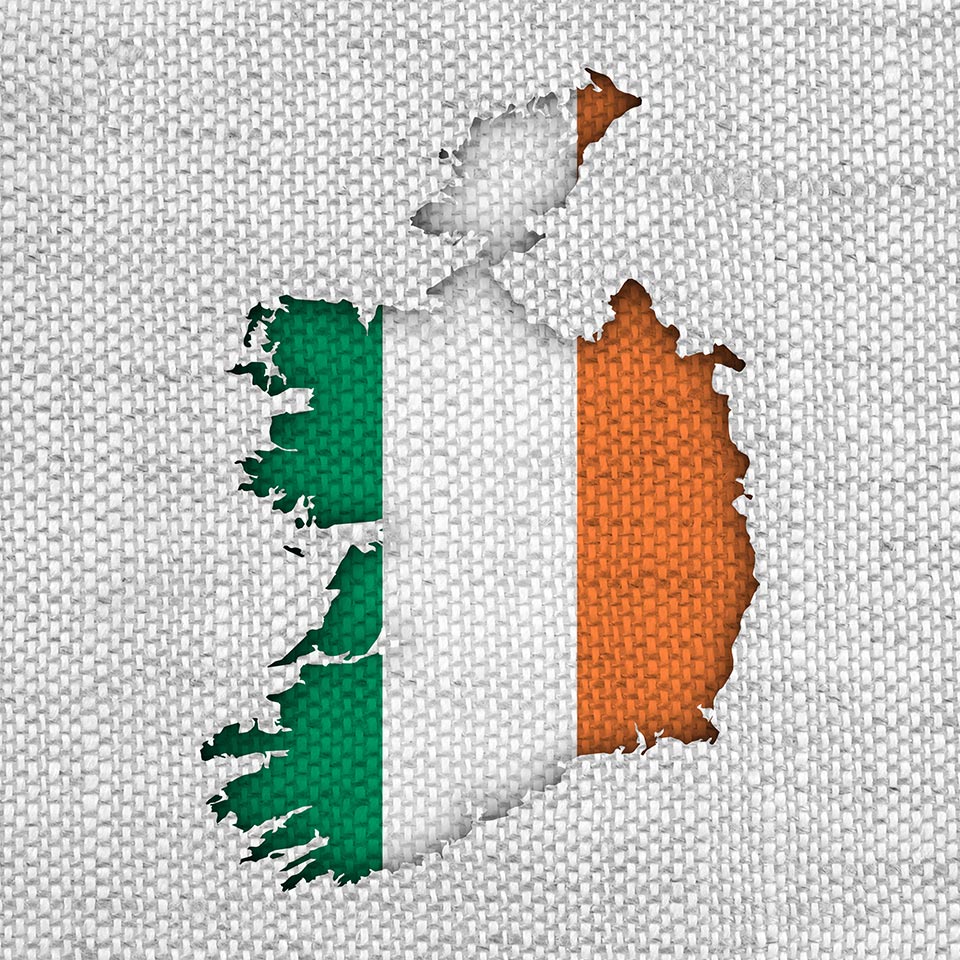
Mythological Cycle
The Mythological Cycle is the oldest and least preserved of the Irish mythological traditions. Many of its tales are recorded in the Metrical Dindshenchas, or Lore of Places, and the Lebor Gabála Érenn, or Book of Invasions. This cycle recounts stories of gods and supernatural events, and they were written down by Irish monks between the 10th and 14th centuries. The Mythological Cycle details the early history of Ireland, including the successful settlements by the godlike Celtic people, such as the Tuatha De Danann, the Fir Bolg, and the Milesians. The most well-known stories of this time include The Children of Lir, The Wooing of Étain, and The Dream of Aengus.
The Ulster Cycle
The Ulster cycle is set in and around the first century. Stories in this cycle shift from magic and the supernatural and more towards the element of war. Primarily, the stories' protagonists during this cycle were warriors, and the general themes of the narratives were war, more specifically, its sorrows and devastation. While stories from this cycle are a little more preserved, it is sometimes difficult to find stories preserved in their entirety. Some of the most popular stories from this cycle include Donn Cúailnge, a famous story about Queen Maeve wanting to retrieve a magic bull, which we will revisit later in this blog.
The Fenian Cycle
The Fenian cycle stories were primarily written in the 3rd century AD, and the tales are associated with Munster, Leinster, and Scotland. Protagonists of this area were generally warriors and heroes, but the biggest distinction between tales from the Fenian cycle and Ulster cycle is that the heroes shifted away from confrontational and combat attributes and towards more romantic endeavours. Animals also played a pivotal role in the stories of this cycle. They took on a magical and knowledgeable role, evident in one of the most popular stories of the time: The Fish of Knowledge.
Recommended for you!
Best SellersThe King Cycle
The fourth and final cycle of Irish mythology is the King cycle. The king cycle is unique in that stories from this era incorporate a mixture of historical figures, mythological settings and adventures that were meant to be examples of how to be a good king. Stories from the King’s cycle were written between 200 and 475 AD. This period was also significant because Irlenad saw a noticeable shift away from paganism and towards Christianity. This was one of the main reasons stories of the time omitted magical and mystery elements, as the Christian church saw these elements as heresy. Many of the stories from the King’s cycle were passed down orally via the mouth of bards and poets of the time, so it is not hard to see why historical figures featured a lot more prominently; after all, these figures were very much in the public consciousness.
What Is the Difference Between Irish and Celtic Mythology?
When referring to Irish mythology, Celtic mythology is likely to appear as well. While both terms are often used interchangeably, there are some slight differences in their meanings.
Technically speaking, Irish mythology is a subset of Celtic mythology and a branch of Celtic lore. While Celtic mythology encompasses the stories and deities of all Celtic regions, including Ireland, Wales, Scotland and Gaul, the region that encompasses present-day France, Belgium, Luxembourg, the Netherlands, and many more- Irish mythology is distinct in its cultural and historical context as it is unique to Ireland. The sources of Irish mythology are primarily preserved in medieval Irish manuscripts, unlike Celtic mythology's broader and more fragmented sources, which are spread across various ancient texts and regions. It is also worth noting that Irish mythology is actually the best-preserved branch of Celtic mythology, which might indicate why the two terms are so often mentioned in the breath.
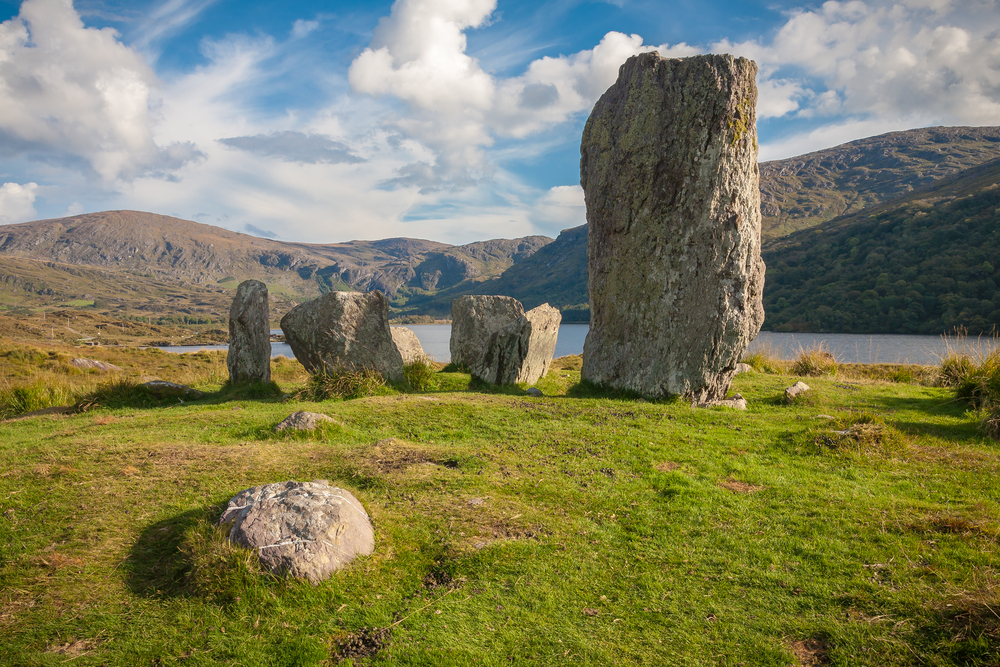
So, while these terms can often be used interchangeably, as you can see, both terms actually contain numerous intricacies and slightly different meanings. Many Irish folklore stories are actually the most famous stories in Celtic mythology.
So, let's explore some of the Irish mythology characters, gods, and most famous tales.
Fionn Mac Cumhaill and the Giant’s Causeway
Potentially the most famous tale stemming from Irish folklore is the tale of Finn McCool and The Giant's Causeway.
The story details that in the northern stretches of the land of Ireland lived a giant named Fionn Mac Cumhaill, which is often anglicised to Finn McCool or MacCool; he was said to be a fierce and powerful warrior. One day, he was visited by a messenger from Scotland. The messenger was sent by a Scottish rival giant named Benandonner, who illustrated his desire to battle with Fionn. Not wanting to appear weak, Fionn McCool accepted his proposal. He made his way to Scotland using great chunks of land to create a path, which is now known as the Giants Causeway.
As he arrived in Scotland, McCool saw his Scottish rival in the distance and realised he was much bigger than expected, so he fled back home across the causeway. Upon returning home, he informed his wife, Oonagh, of his desire not to fight Benandonner. However, much to McCool’s dismay, his Scottish counterpart had decided to take the fight to him, and he had used the causeway to cross the channel and arrive at his door. Oonagh then devised a genius idea. She covered McCool with a blanket and told him to pretend to be asleep.
She answered the door to Benandonner and told him that Finn was not home. Benandonner, not believing her, peaked into the home to see what he thought was an enormous baby, but really, it was Finn in disguise. Benandonner, fearing the size of the father if that were the size of the baby, fled home to Scotland, tearing up the causeway as he returned so McCool could not follow him, leaving only its remnants at the Giant’s Causeway and Fingal’s Cave on the Scottish island of Staffa.
The Banshees: The Wailing Spirits
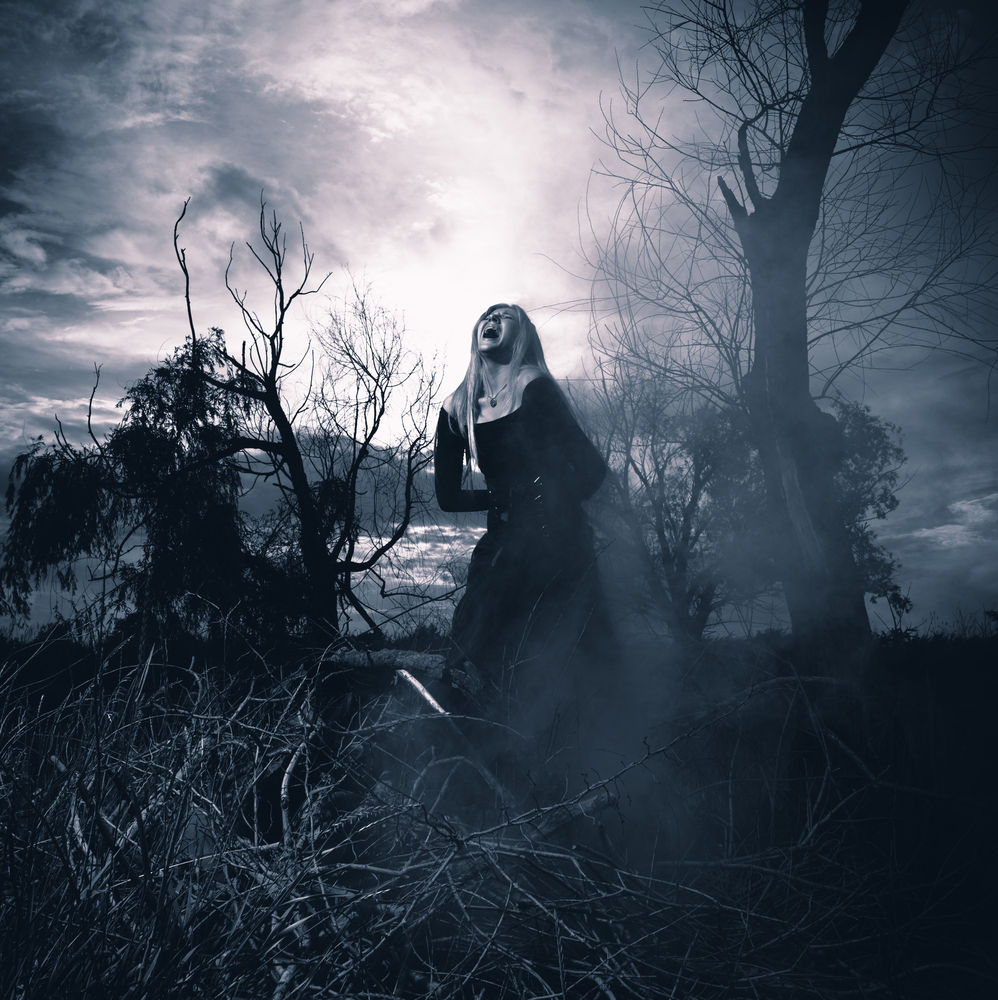
The Banshees are among the most famous and fearsome creatures in Irish mythology. They give many people sleepless nights and a fear of the dark. The Banshees, or ‘bean sis’ in Irish, have appeared in various forms of media over the years, including film, television, video games, and literature. They are also said to have inspired many other spiritual character creations.
The Banshee is a female spirit or fairy whose wails are said to foretell the death of a loved one. Banshees are often depicted wearing white or grey garments and having long, dishevelled hair. They are sometimes portrayed as traditionally ‘ugly’ old hags, but they can also be portrayed as beautiful young women. The wailing of a Banshee was considered a forewarning or omen of impending death in the family, and it is said that the closer an individual is to the person who is marked for death, the louder the wails will seem.
Interestingly, despite common portrayals and interpretations, Banshees are not considered to harbour malevolent or harmful intent. Instead, they are seen as supernatural entities merely fulfilling their role as messengers of the Otherworld instead of a malevolent antagonist force.
Queen Maeve and The Cattle Raid of Cooley
Similar to her namesake in comic books and television, Queen Maeve in Irish mythology is a supreme warrior queen of great strength, resilience and ruthlessness. A daughter of the High King of Ireland, she was placed on the throne by her father and married to King Conchobar of Ulster. Her original name was Medb, meaning ‘intoxicating.’ She wielded enormous power and sway during her reign, and she was one of the most important characters in the Ulster cycle of Irish mythology.
One of the most famous tales involving the famous Irish queen is The Cattle Raid of Cooley. The story centres on the conflict between Queen Maeve of Connacht and Cú Chulainn of Ulster over a prized bull, the Donn Cuailnge. Medb sought the bull to match her husband Ailill's wealth, who owned Finnbhennach, a white-horned bull. Ignoring a prophecy of doom, Maeve invaded Ulster with a massive army. Due to a curse, Ulster's warriors were incapacitated, leaving only Cú Chulainn to defend the land. He single-handedly fought Queen Maeve’s forces with extraordinary strength and magical abilities, defeating many, including his foster brother Ferdiad. Despite being severely wounded, Cú Chulainn's defence allowed Ulster's men to recover and join the fight. The Donn Cuailnge was captured, but this was not the end of the story. Cú Chulainn rallied his remaining strength and was finally joined by the rest of the recovering men of Ulster. Eventually, the Donn Cuailnge was brought back to Connacht, where it fought and killed Ailill’s white-horned Finnbhennach, and a truce was forged.
Without question, Queen Maeve is one of the most famous female names from Irish mythology, and it’s not hard to see why.
Pooka: The Troublemaking Shapeshifters
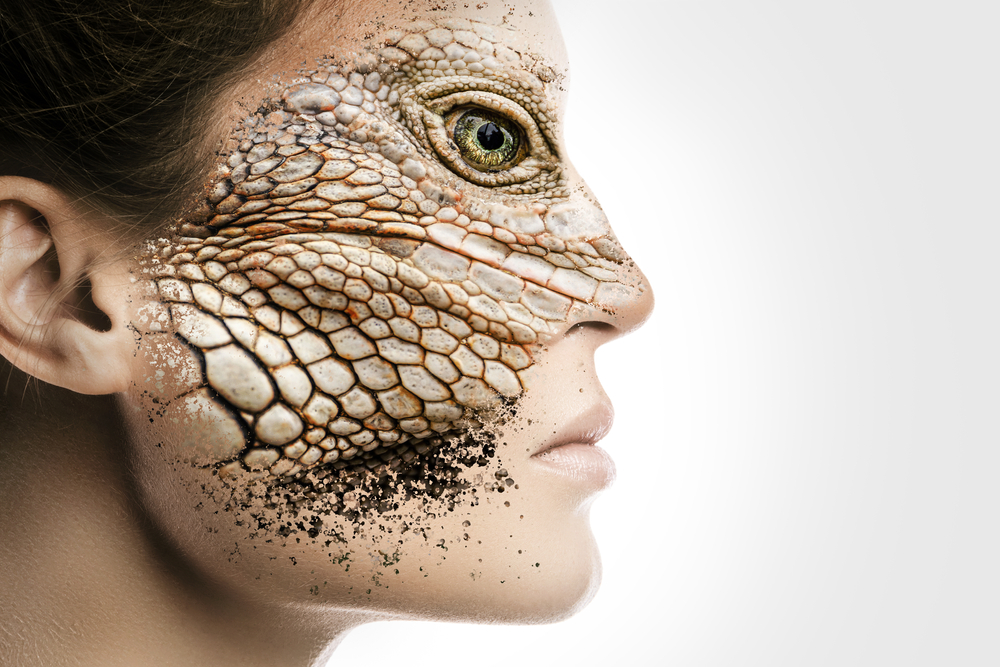
The idea of shapeshifting beings has been utilised in many different narratives. However, one of the oldest examples of shapeshifters is the tale of Pooka in Irish mythology. Pooka, also written as Púca, puka, and phouka in Irish folklore, are troublemaking shape-shifters who have a strong connection with Halloween and the macabre.
Legend has it that Pookas can change into horses, goats, cats, donkeys, bulls, dogs, foxes, wolves, and hares. However, they always have jet-black fur. In human form, these creatures still have animalistic characteristics and behaviours. While many stories about them are vague and varied, there seems to be one universally accepted feature: their love of mischief.
Their mischievous nature is exhibited perfectly in one of their most popular myths. The myth details that the Pooka would take the form of their preferred animal, the black horse. In this form, they entice unwilling riders for an extravagant horseback ride through the night. The potential rider has usually had ‘too much to drink’, and even if they haven’t, the Pooka would bewitch them, leaving them more susceptible to the Pooka’s suggestions. After an eventful and stressful night, the Pooka would leave the rider to wake up confused with hazy recollections of the night before; this would leave the rider feeling uneasy and slightly disturbed.
Pookas have had a long-held association with Halloween. Other than the fact that the tradition of dressing up as different characters is reminiscent of the Pooka’s shape-shifting abilities, Pookas also has a strong connection to Samhain, an ancient pagan festival. In the Celtic calendar, Samhain falls on the last day of October, the day traditionally reserved for Halloween in modern Western calendars. During Samhain, farmers would leave undesirable crops behind for the mischievous beings to feed on.
Undoubtedly, the Pookas are among the most famous and influential creatures in Irish mythology, and their legacy can be felt in much of today’s media and literature.
Dullahan: The Headless Horsemen
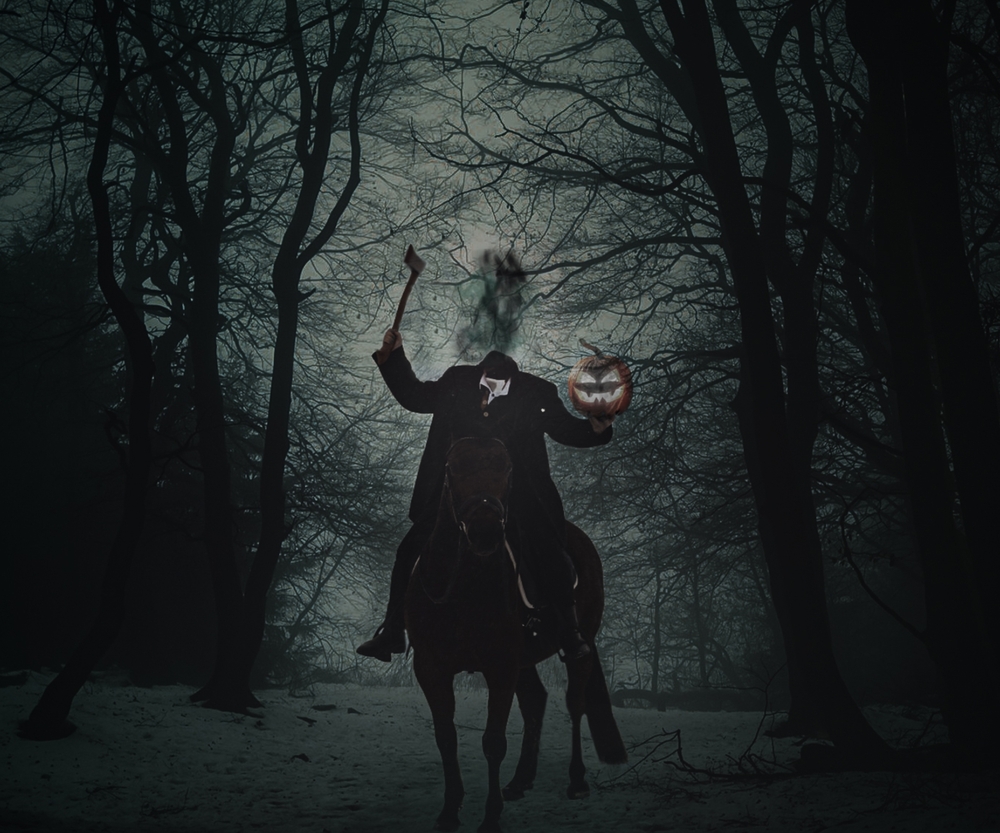
While on the topic of Halloween, one of the most famous images is that of a headless horseman riding a black horse. Well, the Dullahan in Irish mythology is the headless horseman of folklore.
The Dullahan is a formidable figure in Irish mythology, often likened to Ireland's own boogeyman. This headless rider, mounted on a black horse, carries his own head under one arm. The Dullahan's presence is a harbinger of death, and it is said that whenever he halts his ride, someone is destined to die. Wielding a human spine as a whip, the creature's head features a ghastly grin that extends from ear to ear. According to legend, the Dullahan's eyes can peer across the entire countryside, even on the darkest of nights.
The tales of Dullahan are undoubtedly some of the most nightmare-inducing stories of ancient Irish folklore.
The World Famous Leprechaun
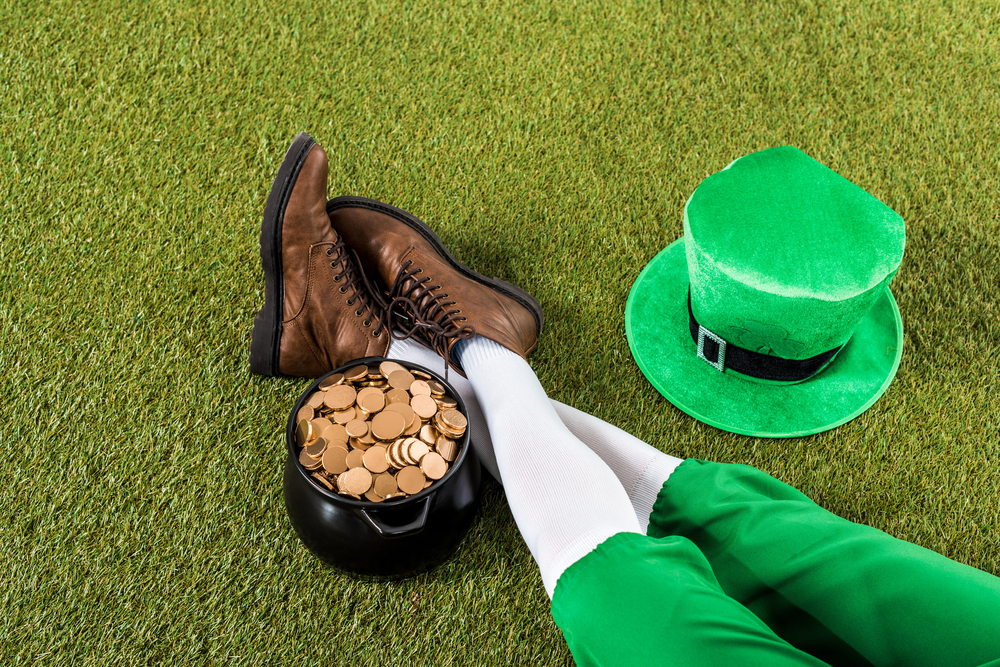
For many, if they were to name one mythological Irish creature, it would be the world-famous Leprechaun. It would be difficult to find someone who isn’t aware of the little mischievous legend who is forever seeking gold.
The leprechaun is often envisioned wearing suit-like clothing, with white socks pulled up to his knees, a tall top hat, and being draped in green. Leprechauns often have red hair and an accompanying red beard with a single belt that goes around their top hat. The most famous tales about leprechauns usually involve them seeking a pot of gold at the end of a rainbow. Leprechauns are also said to be tricky and mischievous creatures known for deceiving others who seek their treasures. While some portrayals of this legendary Irish figure harbour much more malicious intent, the general consensus is that leprechauns are mere jokers and tricksters instead of outright villains.
Oisin of the Land of Eternal Youth
Oisín, in Irish mythology, is a prominent figure who is particularly celebrated in the Fenian Cycle. He is the son of the legendary hero Fionn mac Cumhaill (of the previously mentioned Causeway fame) and the beautiful Sadhbh. Oisín is renowned as both a warrior and a poet. He is actually the famed narrator of many of the Fenian Cycle stories.
One of the most famous tales involving Oisín is his journey to Tír na nÓg, the Land of Eternal Youth. In the story, Niamh, a beautiful fairy woman, falls in love with Oisín and takes him to this mystical land where he remains young and happy for what seems like only a few years. However, when Oisín returns to Ireland, he discovers that centuries have passed and the world he knew has vanished. In one version of the story, upon dismounting from his horse and touching the ground, he instantly ages and dies. For some, this symbolises the end of the old heroic era.
The Selkie: Seal Spirits of the Sea
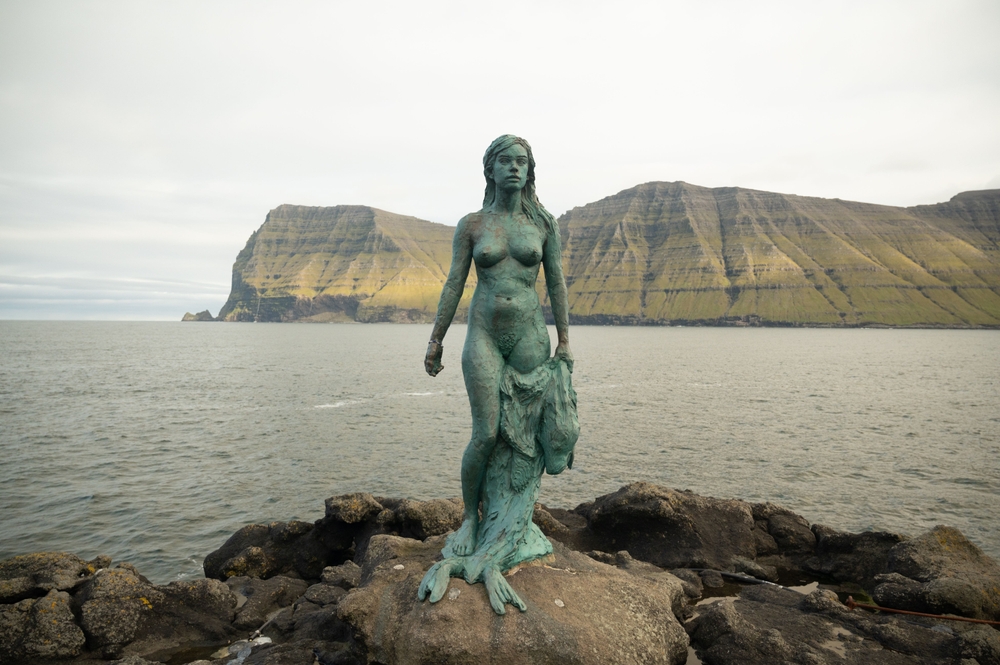
The Selkie are captivating creatures often found in Irish mythology and Scottish folklore. Their most famous ability is their remarkable ability to transform from a seal into a human by shedding their skin.
These spirits of the sea are often associated with tales of love and longing. The famous Irish creatures are said to live in the sea, but they occasionally come ashore and take the form of a human. Selkie stories usually involve themes of enchantment and the deep, unbreakable bonds between the selkie and the sea.
One of the most famous tales involving Selkies involves a human stealing a Selkie’s seal skin, thus preventing them from returning to their true homes in the water. This leads to tales of loss, love, and longing.
Ireland’s Very Own Vampire Legend- The Abhartach
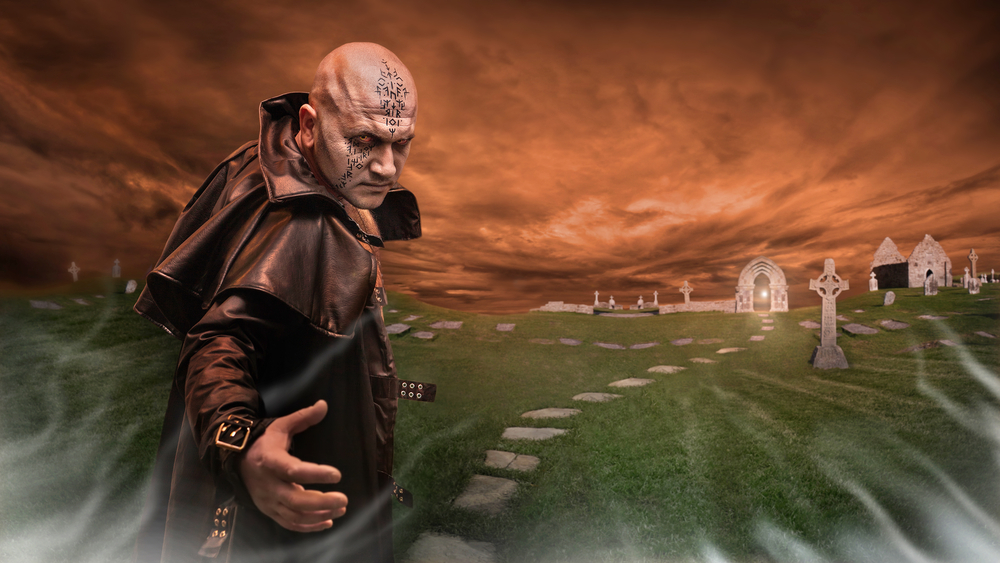
Vampires have featured prominently throughout various forms of literature and media. However, one of the most famous instances of vampires is the famous Abhartach of Irish folklore. While the Abhartach is a lesser-known creature from Irish mythology, the legend is often cited as an inspiration for many modern vampire tales. In fact, it is often stated that the Irish-born Bram Stoker based his character of Dracula on the Abhartach.
According to many legends, Abhartach was a malevolent chieftain who emerged from his grave to drink the blood of his subjects. He was ultimately vanquished by being buried upside down, a tale that intertwines horror elements with the struggle between good and evil.
Dragons
Dragons are undoubtedly one of the most famous magical creatures. Although dragons are more frequently linked to Welsh mythology, it may not surprise you to know that Irish folklore also features these formidable creatures.
Celtic dragons are depicted as powerful and wise, often tied to the land and its fertility. They symbolise strength and protection, serving as guardians of treasures and sacred sites. The tales of dragons in Celtic myth reflect the deep respect and awe these creatures inspired in ancient times.
It is worth noting that dragons in ancient Irish myths differed slightly from dragons in other legends. In many interpretations, dragons in Irish mythology did not have wings and rarely breathed fire, if at all. They were called the Ollphéisteanna, which means ‘great worms’ or ‘mighty reptiles.’ The greatest and most well-known dragon in Irish mythology was called Caoránach. Not only was she said to be the mother of all the great worms of Ireland, but she was also said to be the mother of all demons. Some stories tell that she met her demise at the hands of Fionn Mac Cumhaill, one of the most famous characters in Irish folklore, while others insist it was Saint Patrick himself who put an end to her life.
Learn More About Irish Mythology With The Centre of Excellence
There is so much more to learn about Irish mythology and some of the most famous tales from Irish folklore. We could still be writing this time next year if we were to try to detail everything that this rich culture has to offer! That’s why we created our Irish Mythology Diploma Course, available now for just £29 (save £98!). If you’re interested in Ireland and its literature or simply enjoy learning about myths and legends, then this course is the overview you’ve been looking for!










